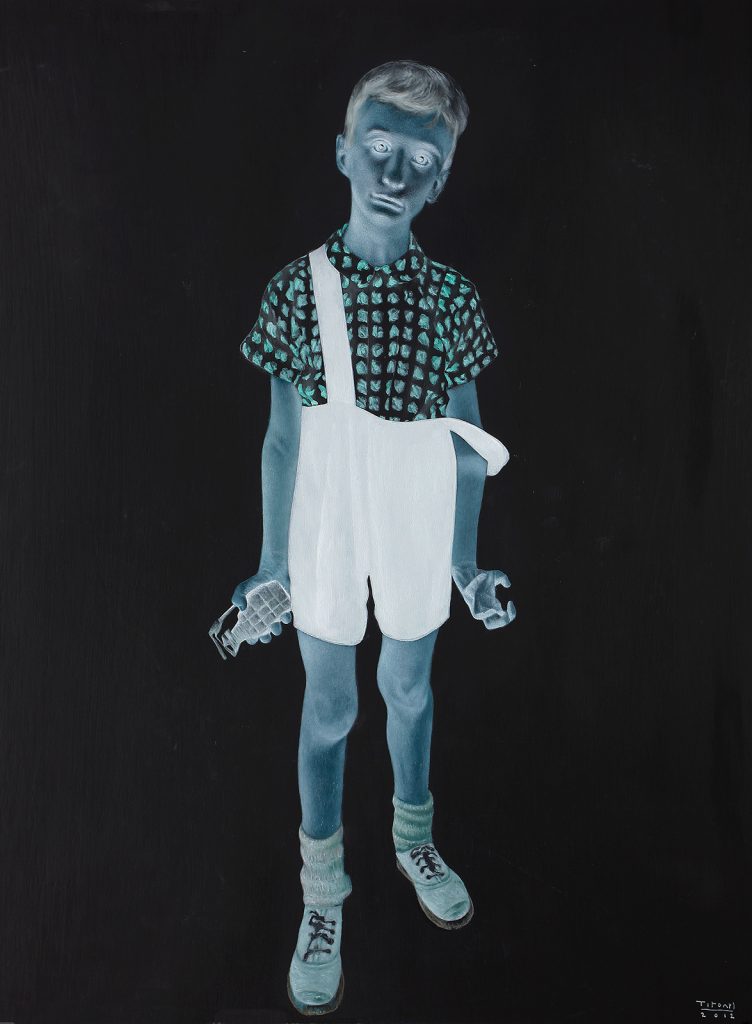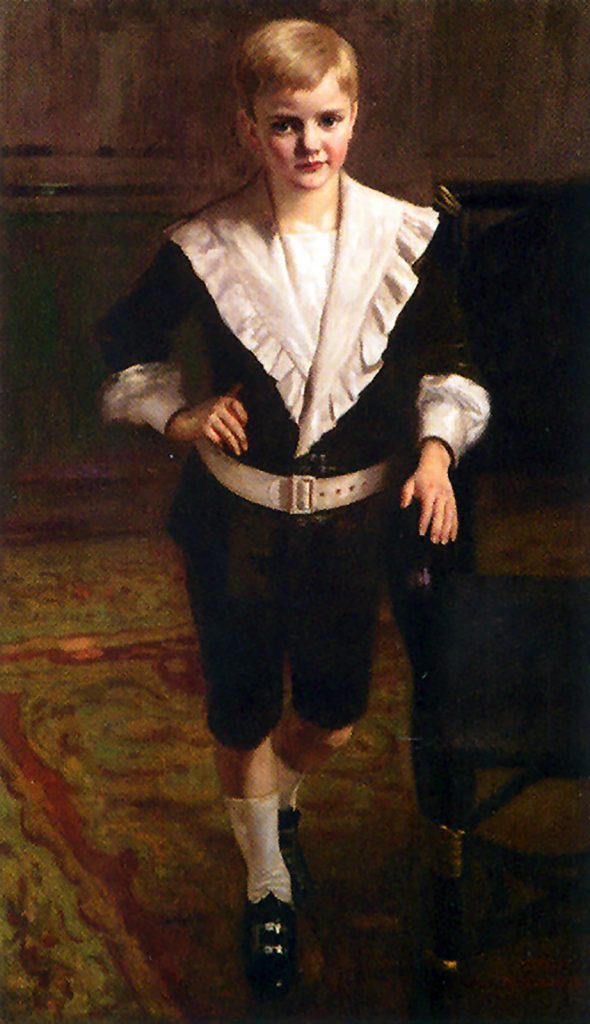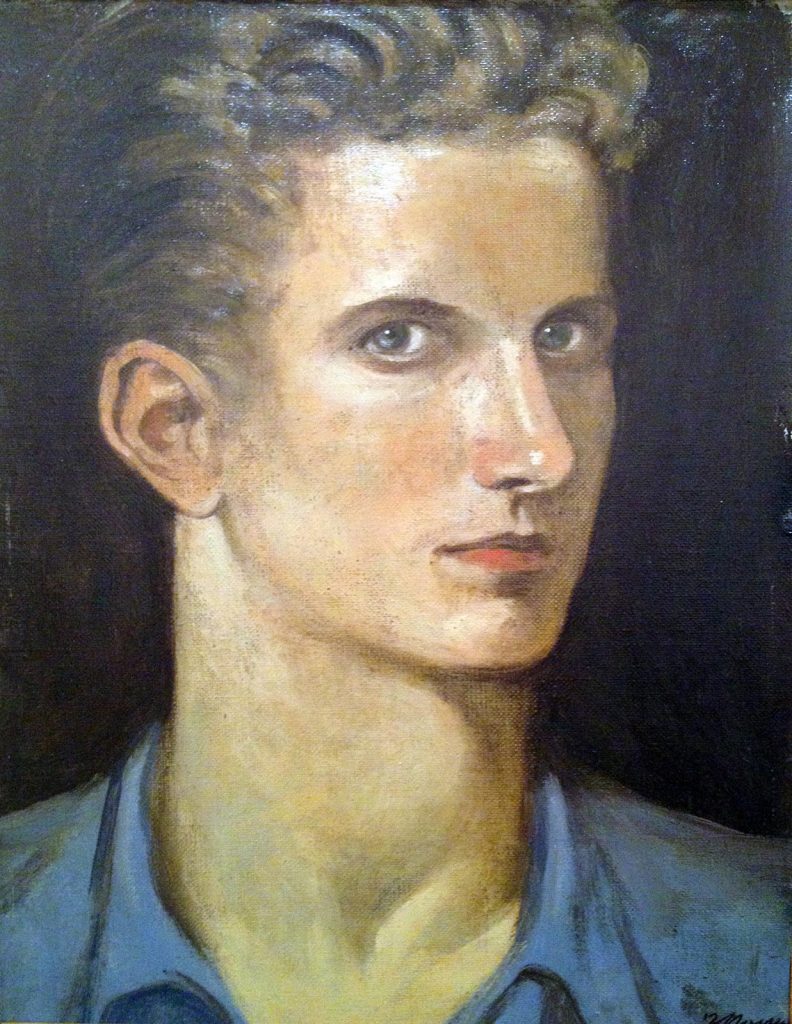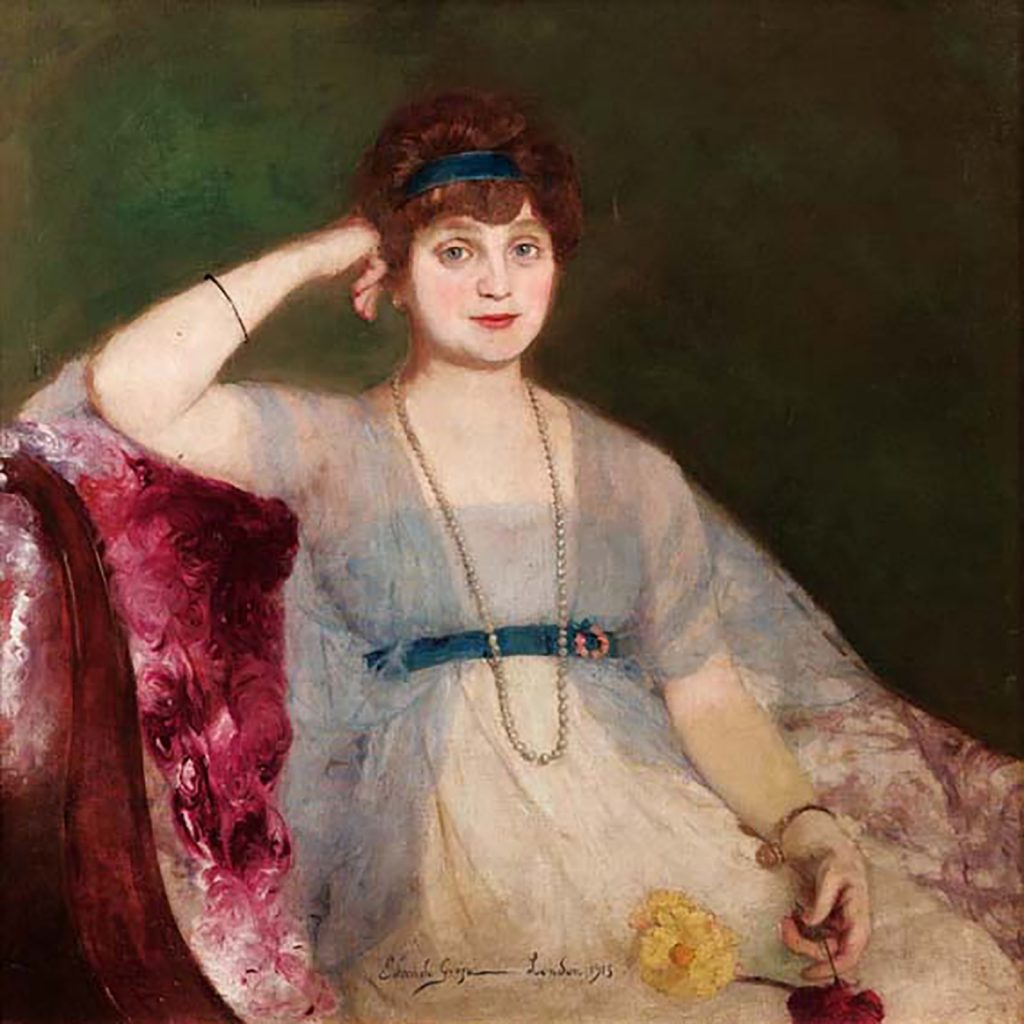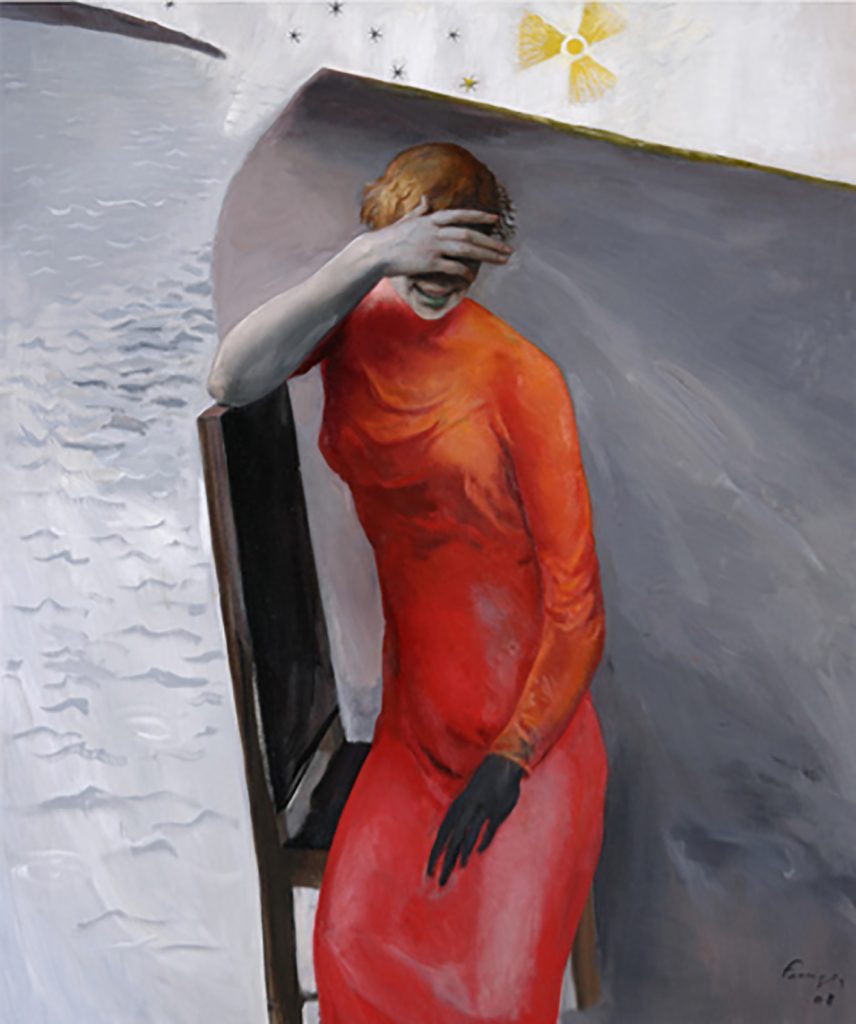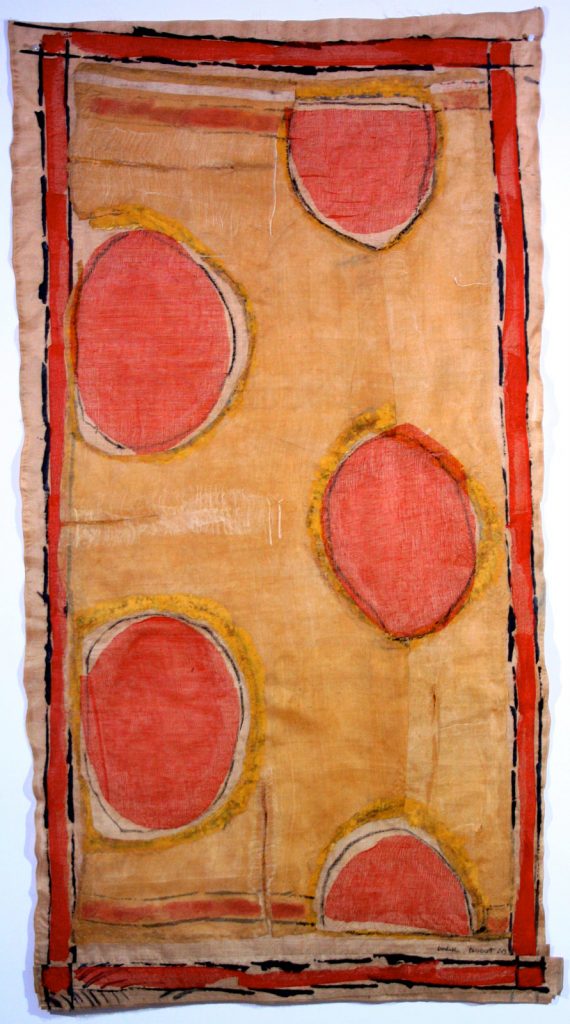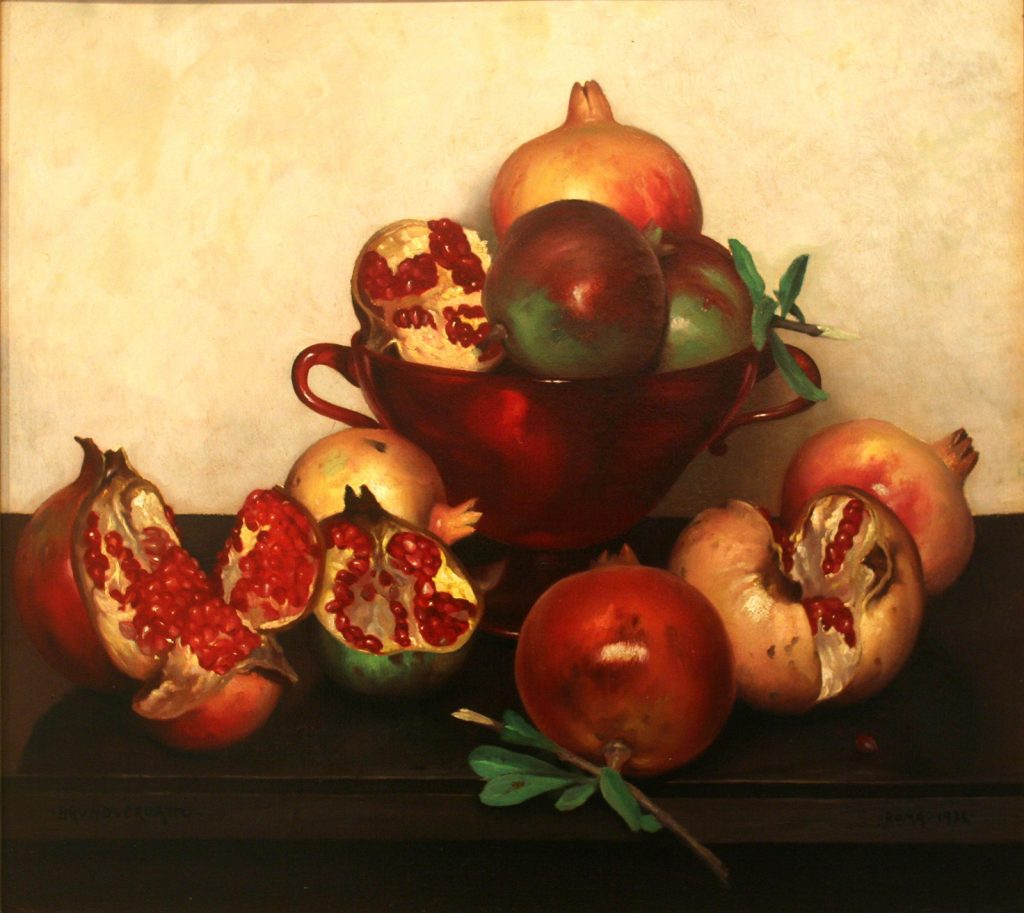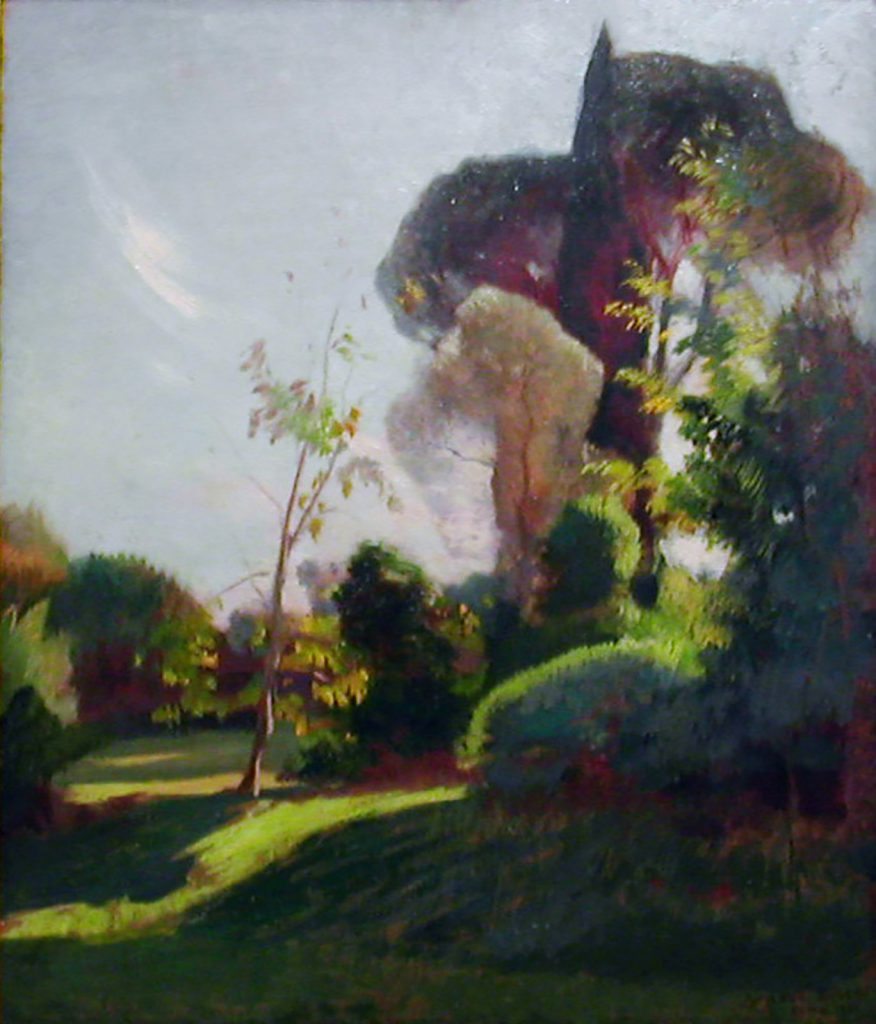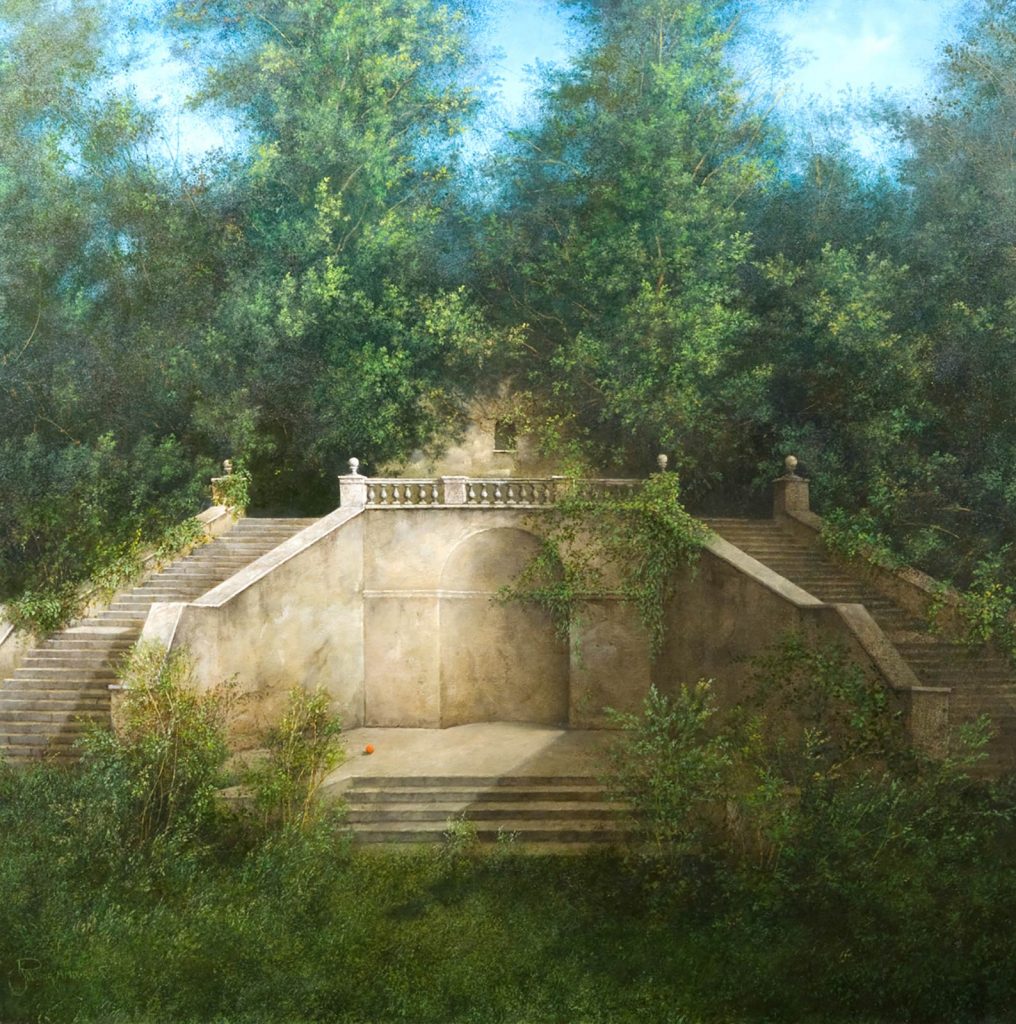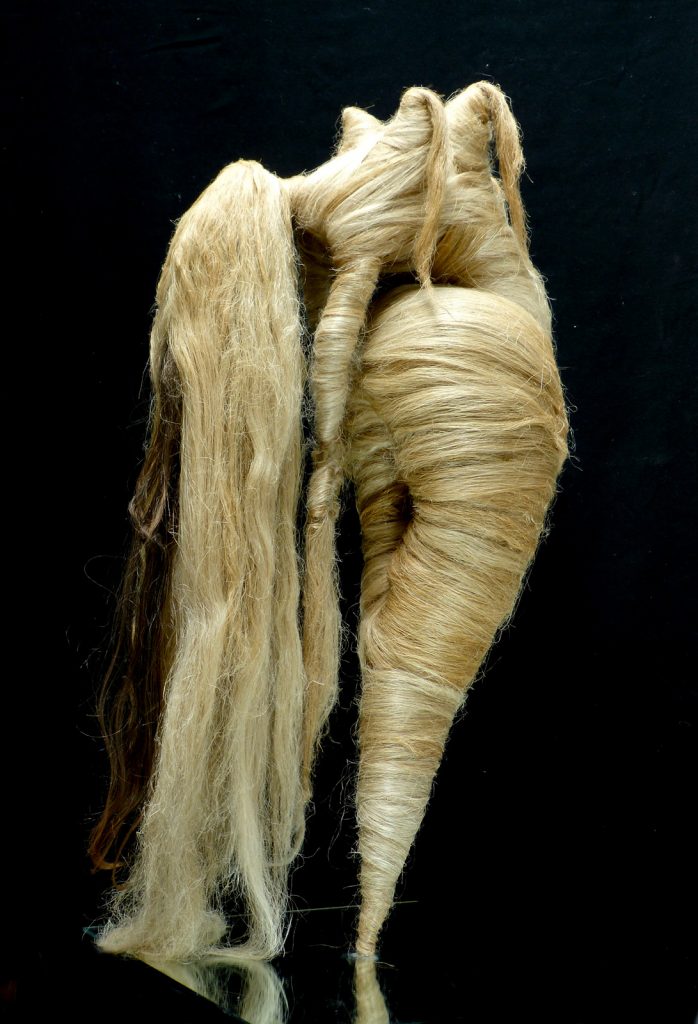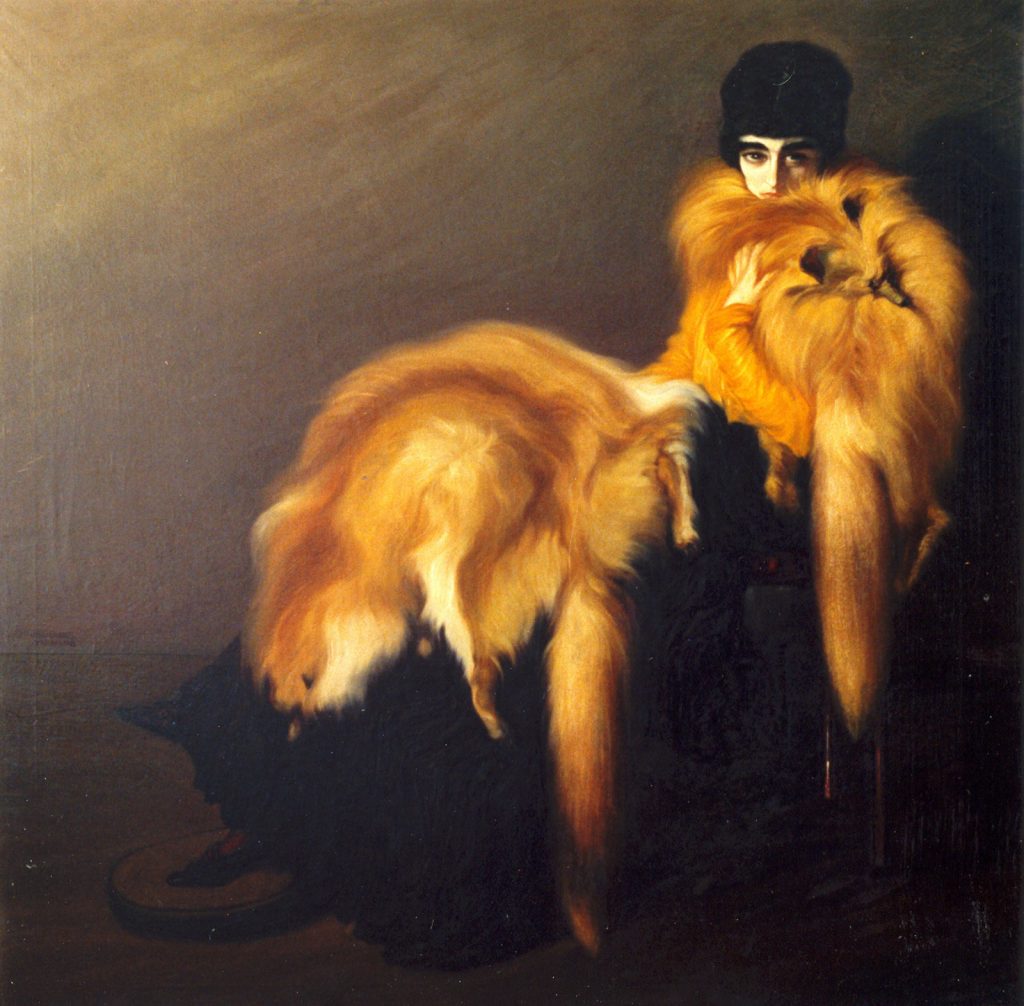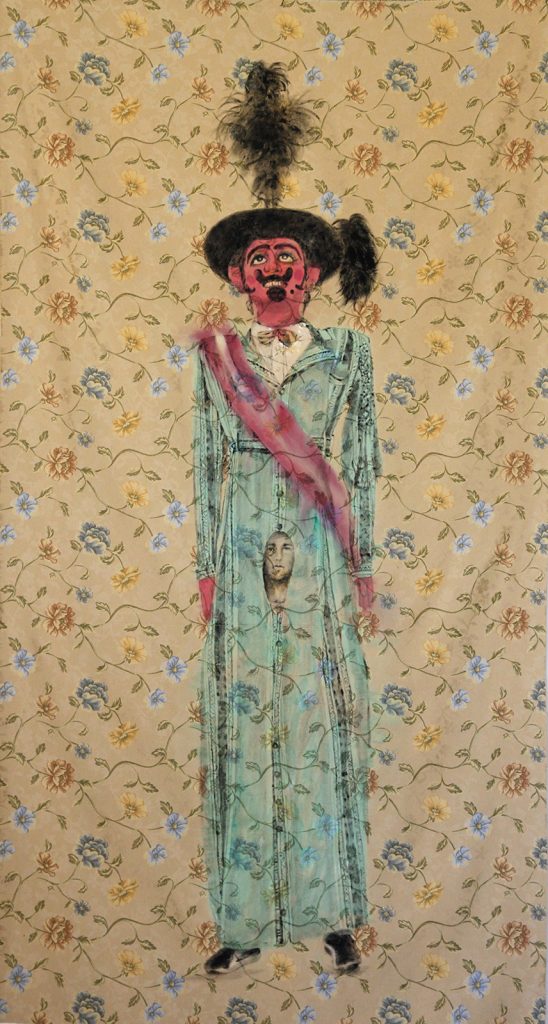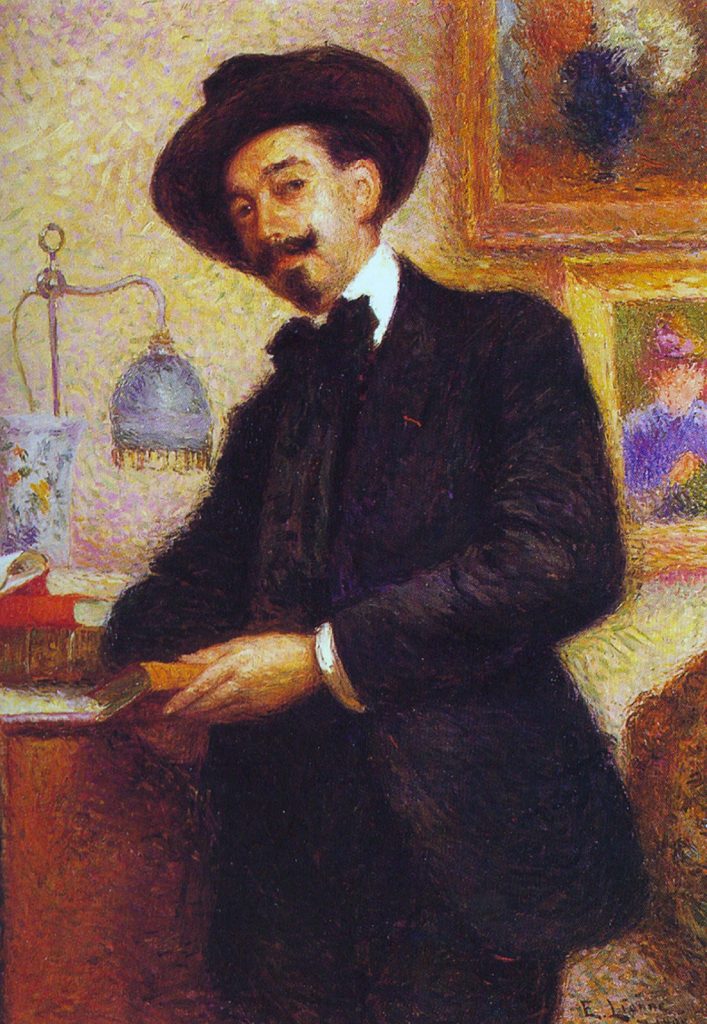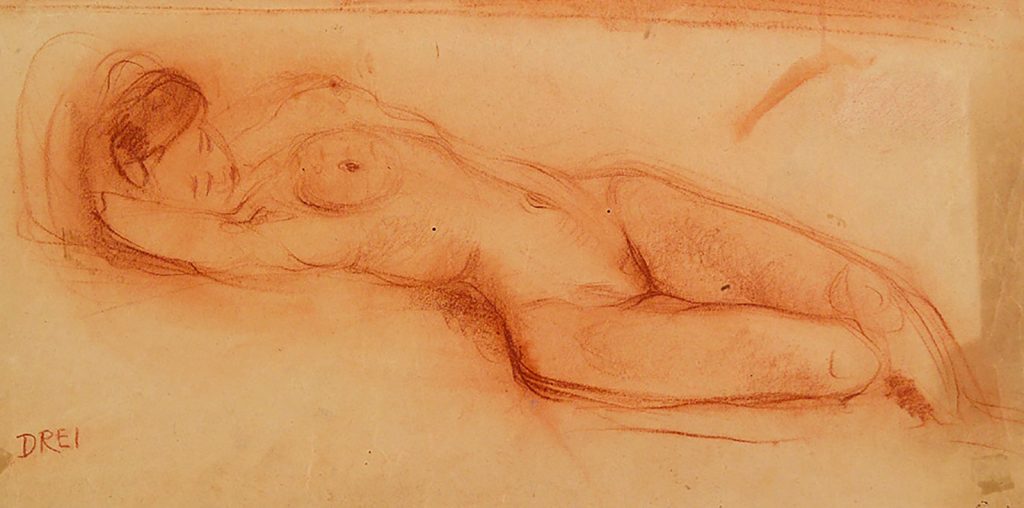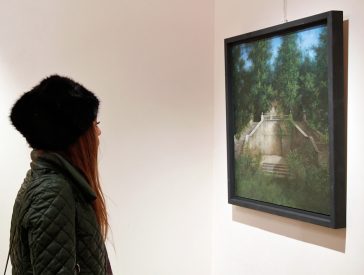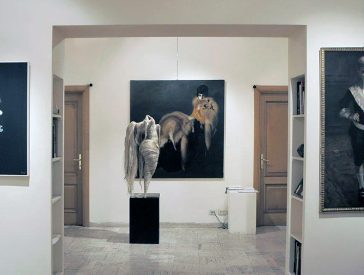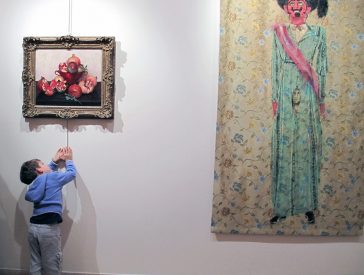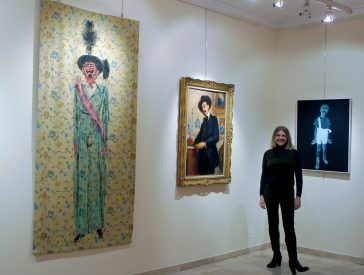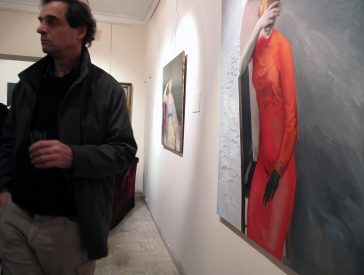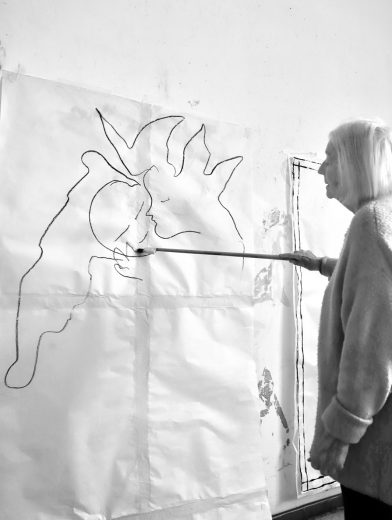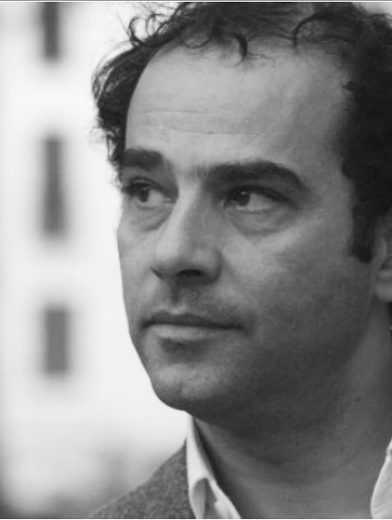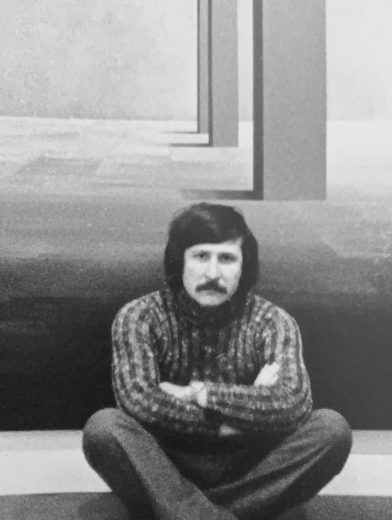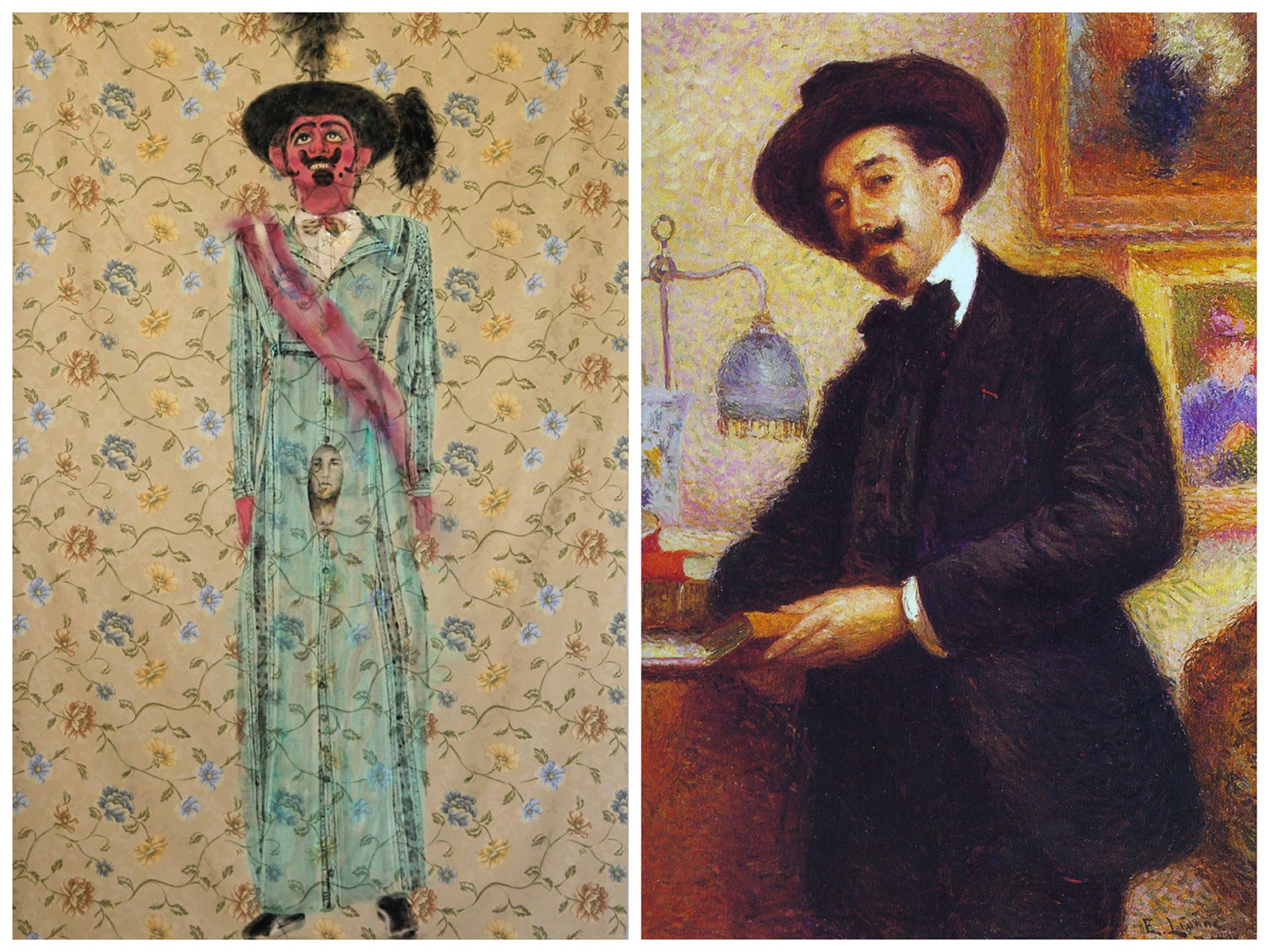
With its sometimes playful and sometimes fascinating combinations, the exhibition matches one work of art from the the early 20th century to one from the present. Paintings and sculptures skip over time as they debate a common theme, merging into a timeless continuum.
The sixteen works taking part in this doubles match tell many different stories.
A woman’s sensuality as she wraps herself in a fox pelt (Giovanni Guerrini, Portrait of Alba, c. 1912) evolves as it penetrates the woven hemp of Janine von Thüngen‘s sculpture (Woman no.17, 2013). It then turns back into matter through the paper of Ercole Drei‘s sanguine (Female nude lying, c. 1908), and triumphs in the erotism of Lovers by Marilù Eustachio (2006).
Young Charles, forced by the necessities of an official portrait into the trappings of an adolescent English aristocrat (Edoardo Gioja, Charles Portrait, c. 1915), unleashes his childhood by “playing at war” in the “negative” painting by Angelo Titonel (Child with a toy hand grenade, 2012), while casting dual questioning looks to the observer.
In the still life by Bruno Croatto (Red bowl with pomegranates, 1932) the recurring theme of red pomegranates resonates with the rhythmic research and the colors of the work by Isabella Ducrot (Prayer, 2013).
The background of a divisionist interior continues in the repeating fabric pattern where the giant warrior Grifone (Gaetano Zampogna, 2010) is in stark contrast to Salvatore Di Giacomo Portrait (Enrico Lionne, 1908). With at least two hearts between teeth (Lino Frongia, 2008) shows a seated, smiling woman, her eyes hidden but clearly visible in Lady Anne Mills Portrait (Edoardo Gioja, 1915) from an earlier century.
The charm of villa Borghese, where a yellow ray of sunlight lightly touches the green foliage (Amedeo Bocchi, Villa Strohl-fern, 1930), is enriched with a touch of mystery and architectural elements in the painting by Vladimir Pajevic (Over time, 2011).
Finally, a young Oedipus is naked (Margareth Dorigatti, 2005), his body uncovered and exposed like Christ’s on the Cross, in contrast to the steady gaze of the subject in Portrait of a young man di Franceso Nonni (c. 1930).

